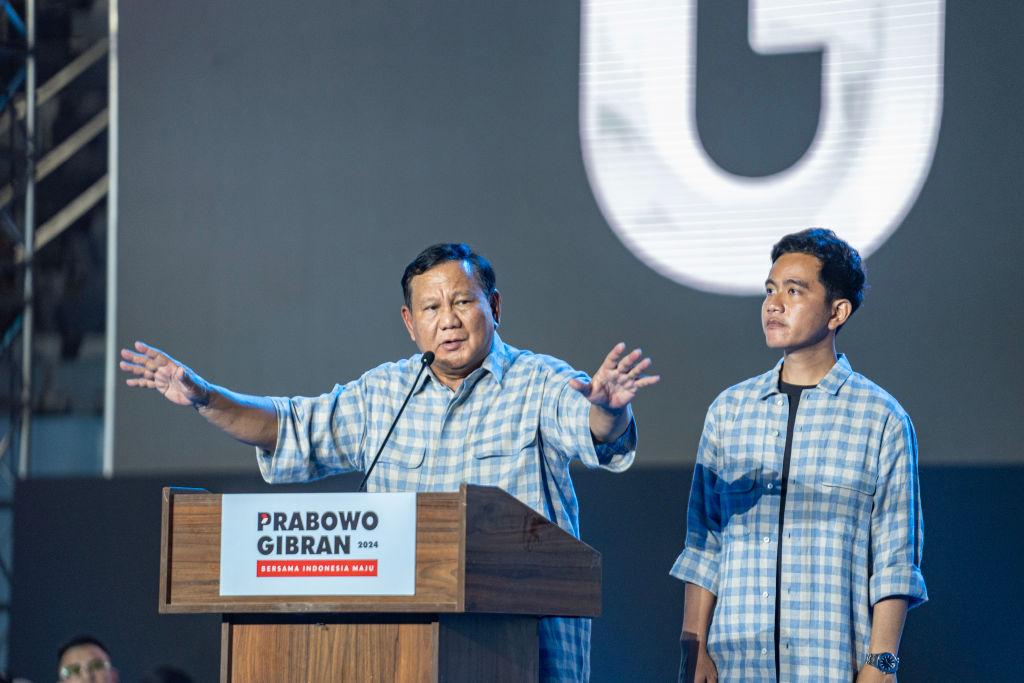Conflict in the Middle East, the war in Ukraine, and oil production cuts are pushing petrol prices up and adding to inflation, impacting the wallets of hardworking Australians.
Australian fuel prices rose 9.1 percent in August, with unleaded petrol rising an average of 17 cents a litre to reach a monthly average price of 200 cents a litre (US$4.77 a gallon), according to the Australian Bureau of Statistics (ABS) data.




